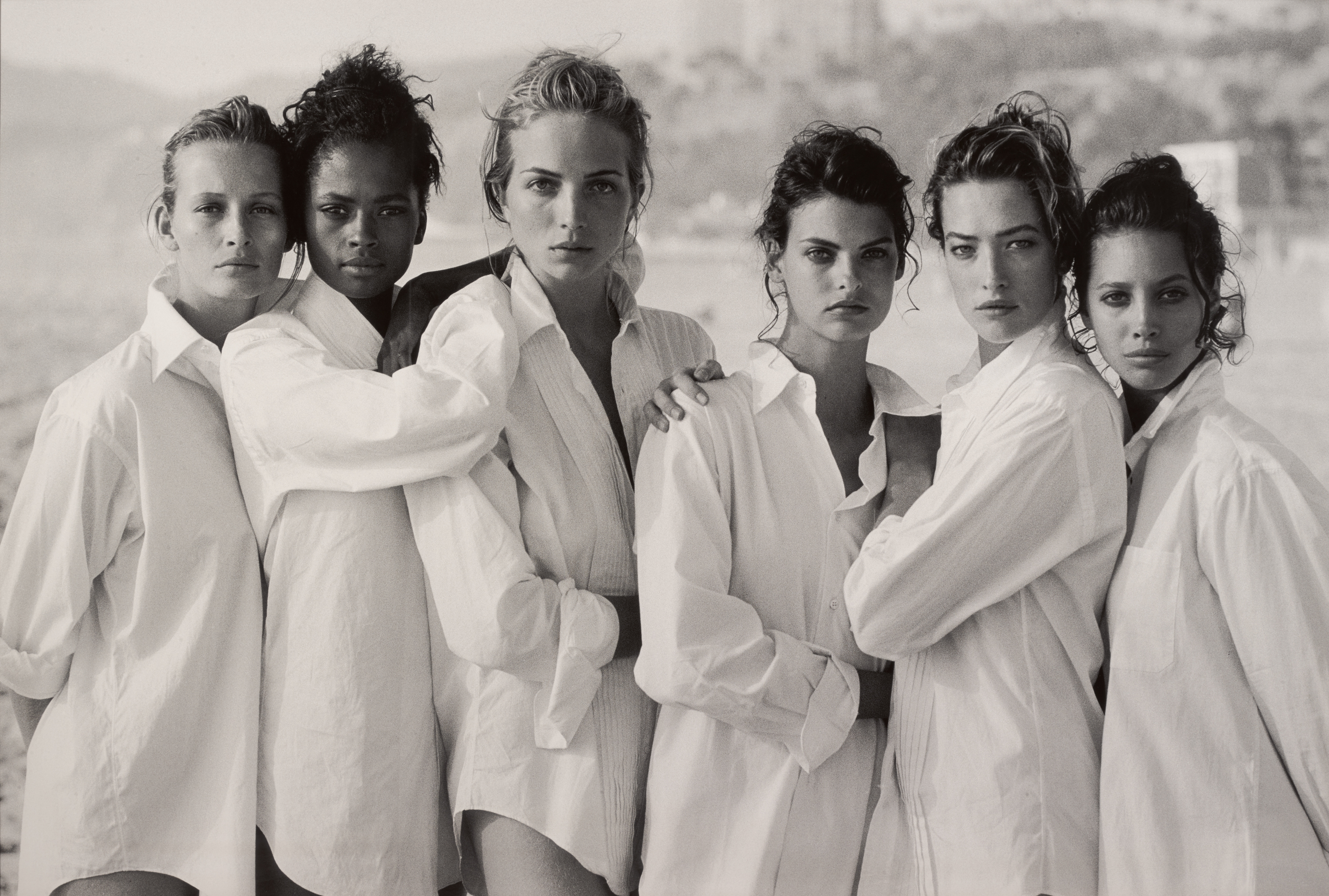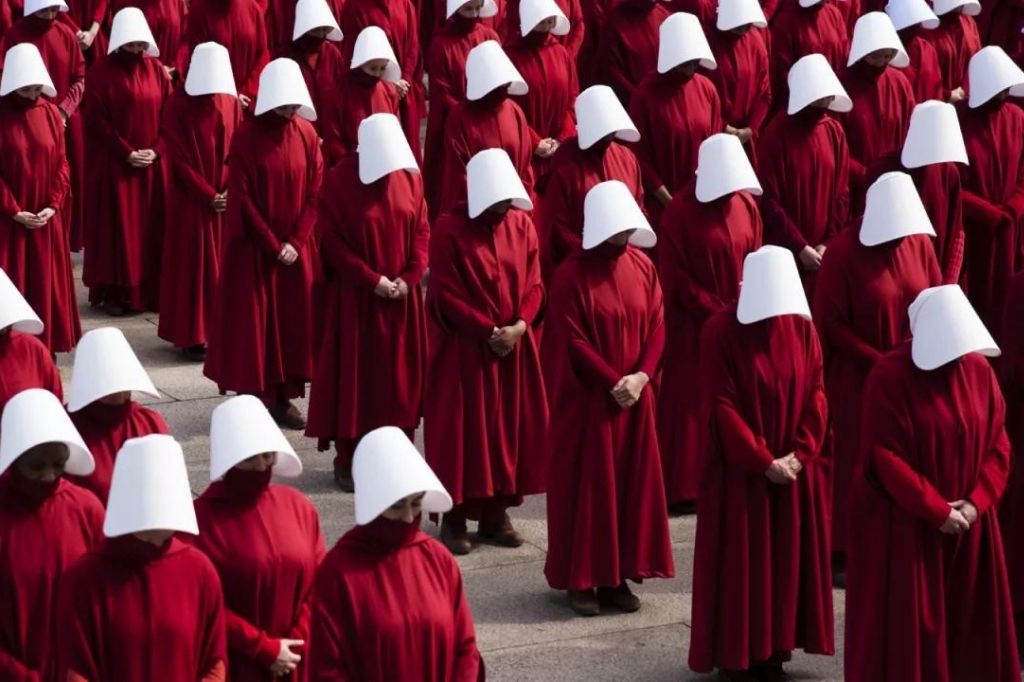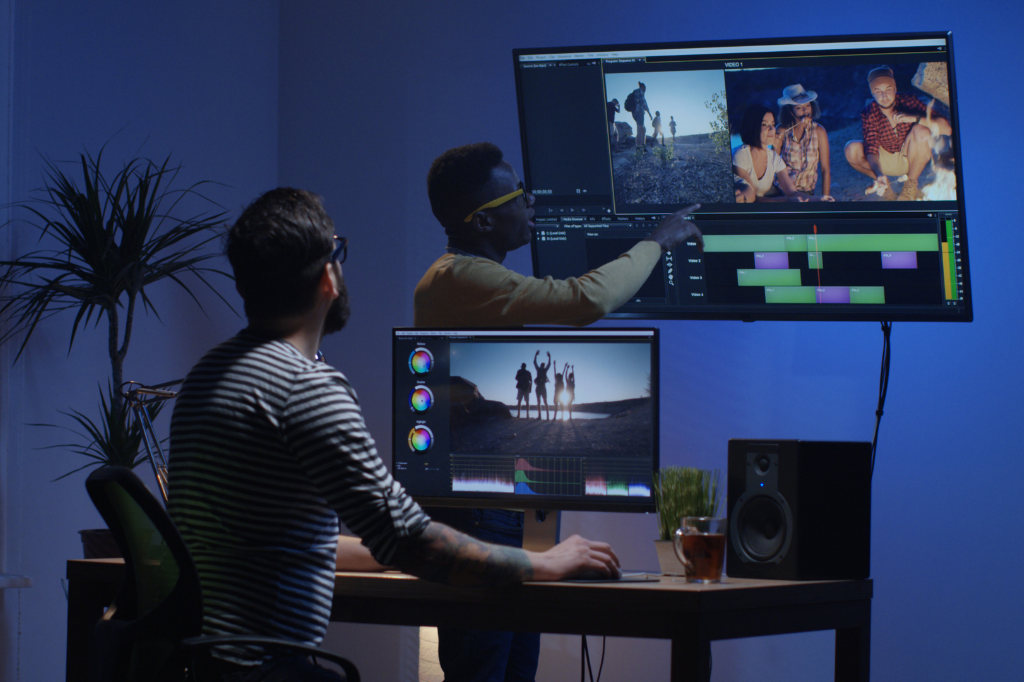After a two-year hiatus, the 2023 Cape Town Fashion Week returned to the CTICC this past week. In its 15th year, Cape Town Fashion week returned to the runway with resounding success. Over three days, the public was treated to 18 stunning fashion shows from the country’s leading designers and a collection from the AFI Fastrack 2023 designer development programme.
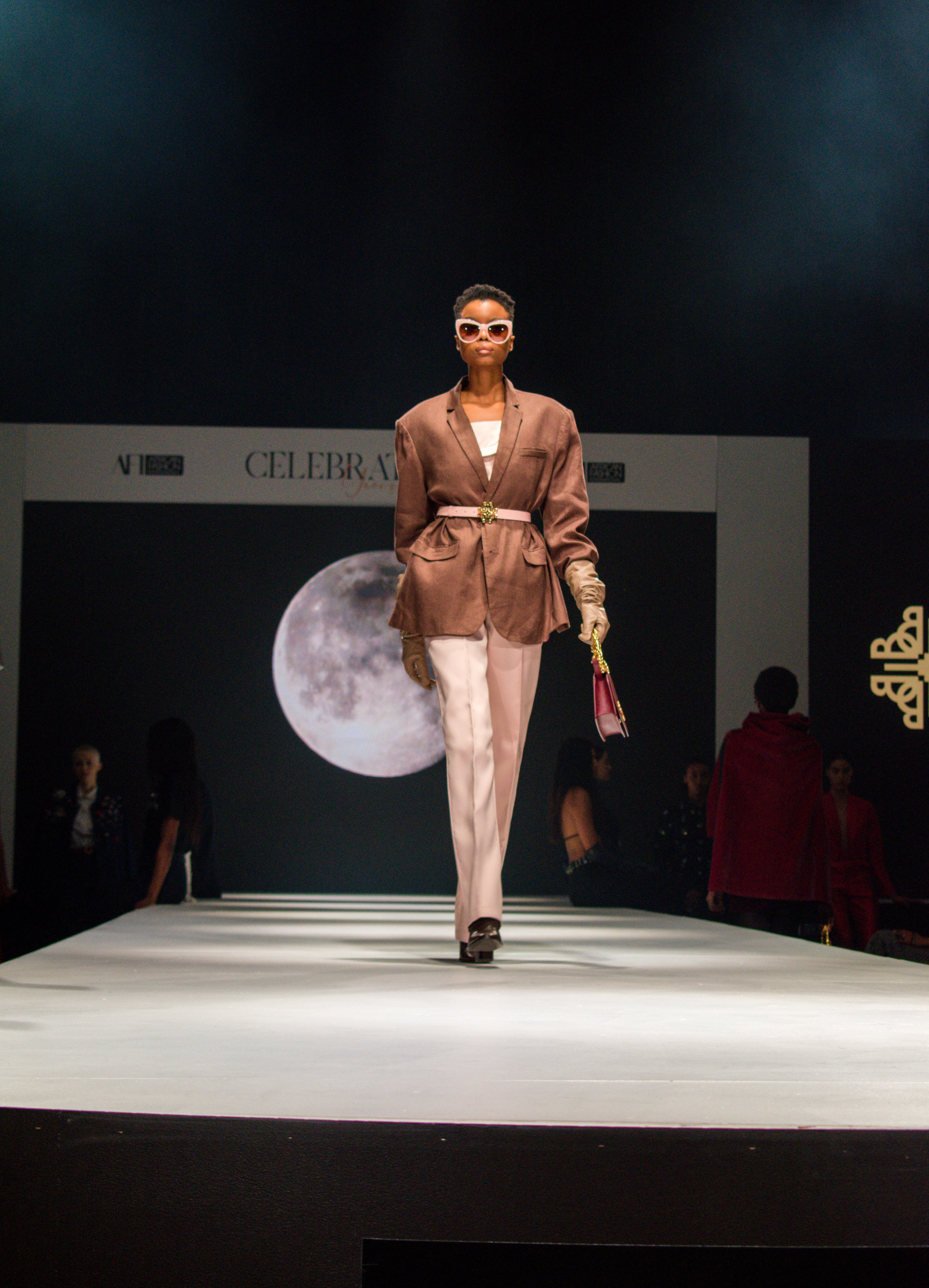
Watching gorgeous models cascade down the runways in phenomenal threads and designs while a troop of photographers battle it out to capture the most captivating images to share with the world and get the word out about the incredible work of local designers got me thinking about the relationship between fashion and photography.
For the most part, we can regard the relationship between fashion and photography as symbiotic, with each influencing and inspiring the other. Fashion photography is a crucial aspect of the fashion industry, and without it, the world of fashion would not be as vibrant and dynamic as it is today.
Photography, one could claim, is an incredibly vital lifeline of the fashion industry. Because no matter how exuberant a fashion show may be or breathtaking a collection is, it doesn’t quite have the same impact on the masses worldwide without the help of photography.
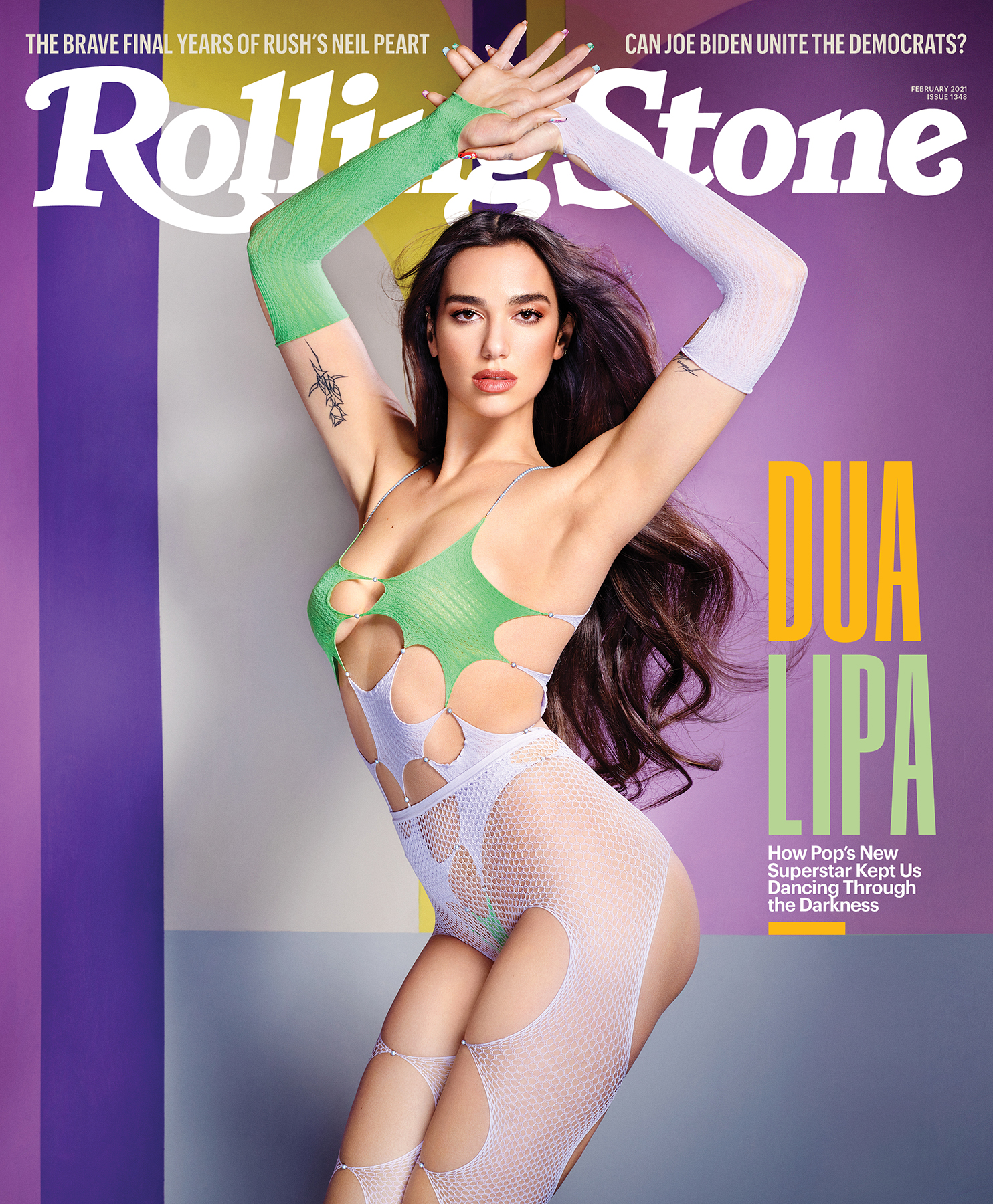
Fashion photography brings the work of design houses to life with the help of over-the-top fashion shoots, gorgeously shot catwalks and stunning fashion campaigns. The medium is crucial in creating visual narratives for brands, establishing their brand identity and communicating with their audiences.
Over the years, photography has played a crucial role in documenting the history of fashion and its evolution. The history of fashion photography dates back to the mid-19th century, when photography was still a relatively new art form. At that time, fashion illustrations were the primary means of showcasing the latest styles and trends. However, as photography became more widely available and affordable, it quickly became the preferred medium for capturing and promoting fashion.
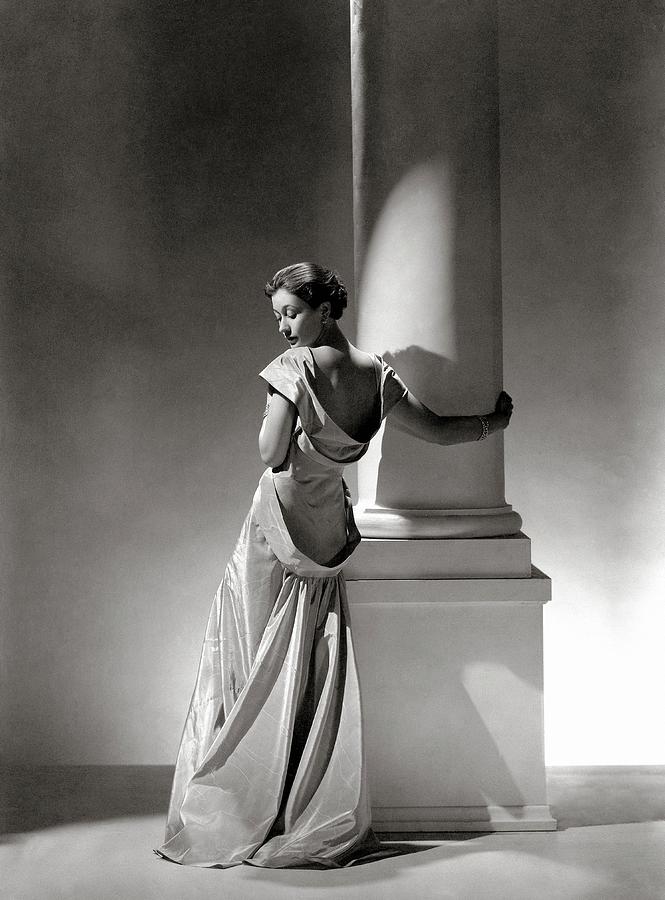
In the medium’s early days, images were typically shot in a studio with the model posing against a plain backdrop. The focus was on showcasing the clothing rather than creating a narrative or telling a story. This style of photography continued until the 1920s, when technological advances allowed for more creative and expressive images.
Over time fashion photography became more theatrical, with models striking dramatic poses and photographers experimenting with different lighting and angles, with famous photographers Edward Steichen and Horst P. Horst establishing the genre.
In the 1940s and 1950s, we saw the emergence of the “golden age” of fashion photography, with iconic photographers like Richard Avedon, Irving Penn, and Norman Parkinson revolutionising the industry. They brought a sense of glamour and sophistication to fashion photography. Richard Avedon’s “Dovima with Elephants” is still considered one of the most iconic photographs in fashion.
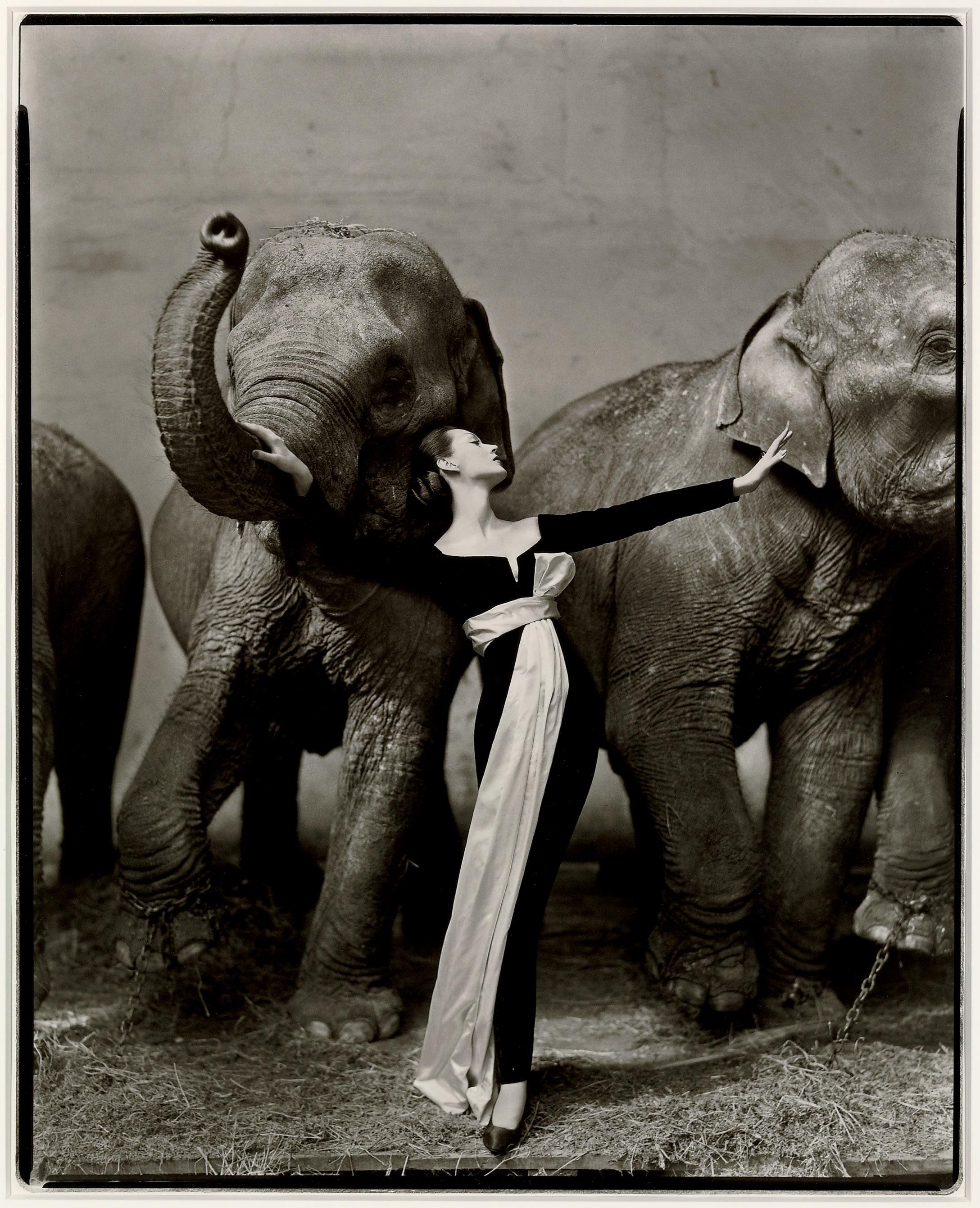
In the 80s and 90s, the fashion industry experienced a resurgence with the birth of the Supermodel. The likes of Naomi Campbell, Linda Evangelista, Kate Moss, Christy Turlington, and Cindy Crawford were everywhere you looked. Instead of high glamour and excentric imagery, the photographers of the 90s, such as Juergen Teller, Arthur Elgort, Steven Meisel and Peter Lindbergh, created more raw and natural fashion photographs. The models appeared a little more relatable, with all their flaws in sight, and achieving their style and aesthetics seemed more within reach than the type of unachievable glamour portrayed in the fashion photographs of the 50s.
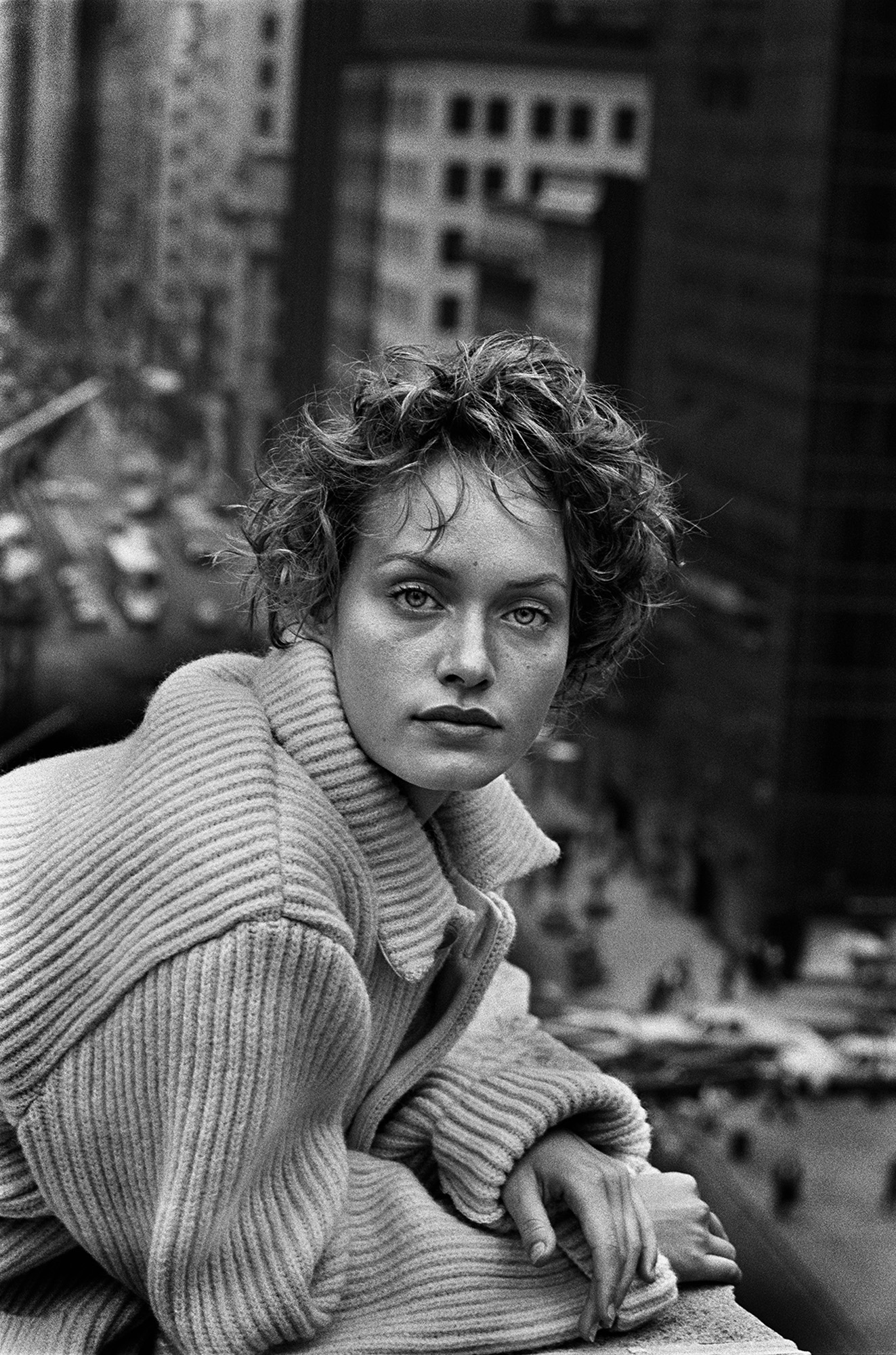
Today, fashion photography is a vibrant and dynamic field, with countless photographers and stylists working to capture the latest trends and styles. Social media has also played a significant role in the evolution of fashion photography, with platforms like Instagram and TikTok allowing photographers to reach new audiences and experiment with new techniques and styles.
Before the onset of the internet and social media, fashion enthusiasts had to wait between a fortnight and a month for their favourite fashion magazine to publish the latest garments from popular fashion houses. Today, seeing the latest looks fresh off the runway takes minutes, thanks to social media. The same goes for fashion campaigns and shoots.
It’s thus easy for one to think that fashion photography is a fleeting and superficial thing, with new campaigns and shoots coming and going as the seasons change. I mean, how many ways can you photograph a dress, right?
For a long time, fashion photography was seen as an advertising machine and not something of artistic value. The fashion photographers of the 20th century and their industry-revolutionising works, once considered merely advertising, now form part of large-scale art exhibitions and gallery installations. They’re branded as fashion photography icons, and their works are celebrated worldwide.
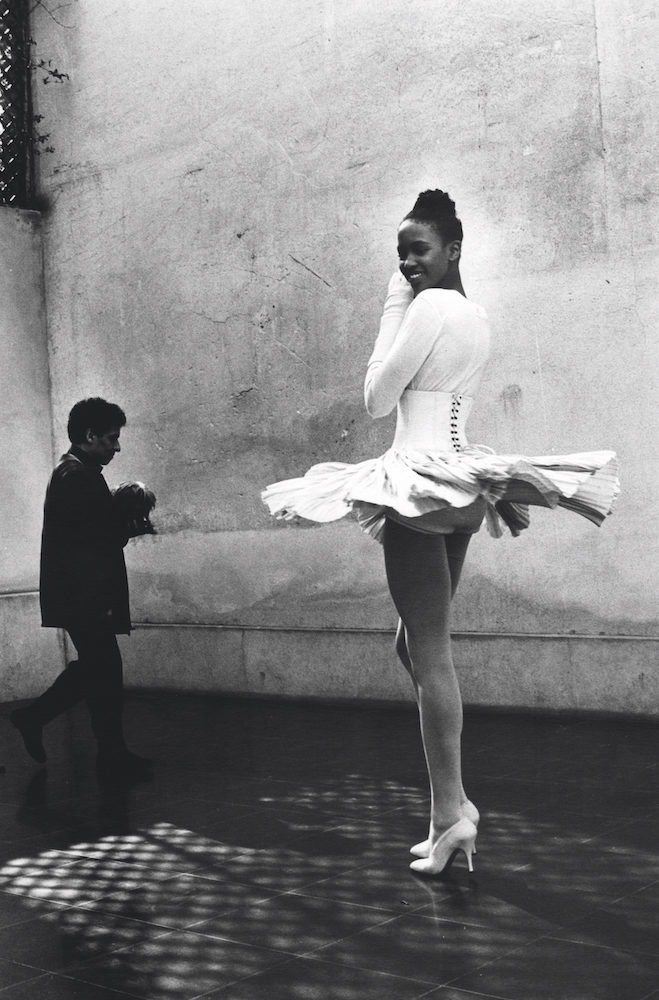
Since the medium’s early days, it has influenced how people view themselves and the world around them. Photographers and publishing houses have used the medium to challenge racial stereotypes, gender norms, political ideologies, perceptions of beauty and more. Inclusivity is now more prevalent than its ever been. People of colour, people with disabilities, and people with plus-sized bodies are taking centre stage on runways, in fashion campaigns and on magazine covers.
According to Eugenie Shinkle, senior lecturer in Photography at the University of Westminster, London, “Fashion photography is a most fantastic barometer of the time…It’s representative, and it popularises certain tendencies in ways that no other type of photography can because it’s so ubiquitous.”
While much ground has been broken to change and revolutionise the medium, there still remains a lot of work to do, and the fashion photography industry has had its fair share of controversy and mishaps. Plenty of fashion shoots and campaigns have been heavily criticised and even banned for being overtly sexual; Terry Richardson’s work with French brand Sisley and the recent Balenciaga Gift Shop disaster comes to mind. Several magazine covers have also trodden racist waters. On the April 2008 cover of Vogue, NBA star Le Bron James and supermodel Gisele Bundchen were photographed, with James bearing his teeth in an angry growl while holding onto the model. At first, the cover was praised as Lebron was the first African American man to grace the cover of Vogue; however, not long after, the cover was deemed problematic and accused of racial stereotyping as it was likened to an American King Kong poster used during WW1.

Many magazines and publications have also come under fire for their reluctance to hire female photographers and photographers of colour, with much of their roster filled by western white men.
In 2018, Tyler Mitchell became the first African American to photograph a Vogue Cover in the magazine’s 125-year history when he photographed Beyonce for the coveted September cover. Beyonce mentions in the interview with Vogue that she handpicked the photographer to break down the barriers holding back people of different backgrounds in the fashion industry.
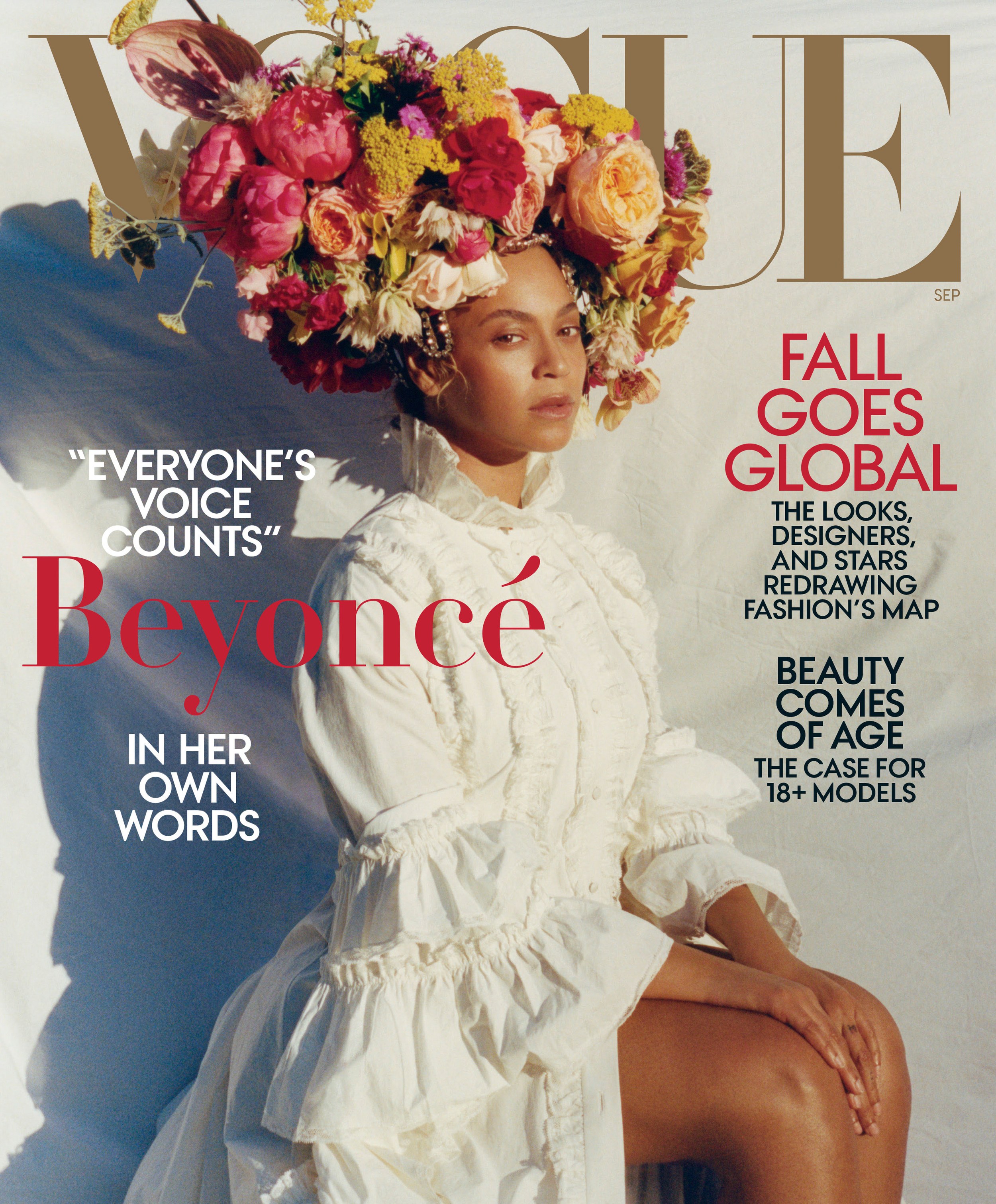
In 2020, Polly Irungu established the Black Women Photographers platform because of the prevalent notion that Black creatives are challenging to find or that there’s a scarcity of black women photographers in the industry. Black Women Photographers is today a global platform and directory dedicated to promoting the work of black women and non-binary identifying photographers.
As we can see, there’s a steady uptick in the diversity of photographers leading fashion campaigns, as well as the diversity of creatives and decision-makers across the fashion industry as a whole. However, so much work remains to be done behind and in front of the lens.
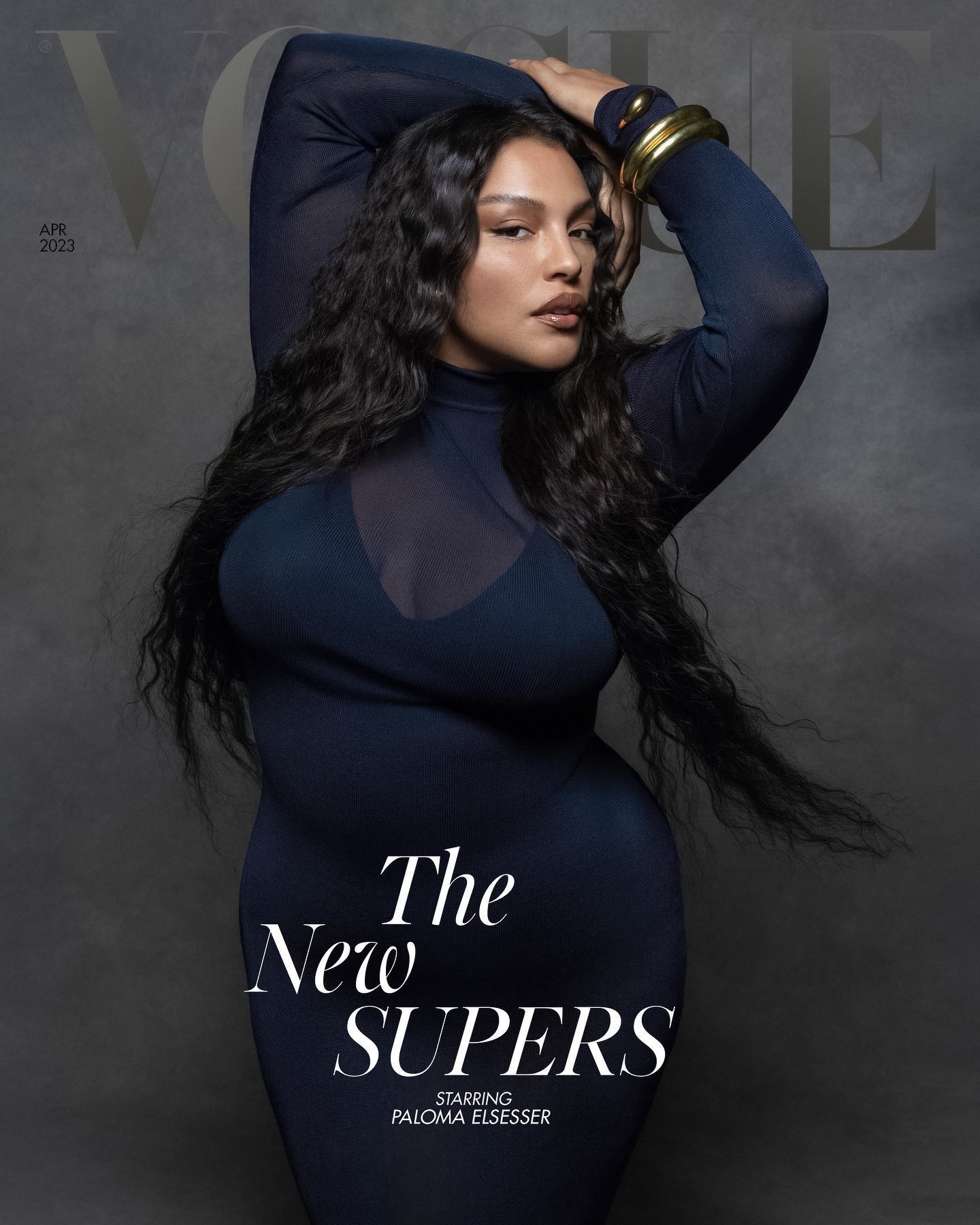
At the end of the day, there will always be lots of work to be done to ensure that everyone’s voice is heard and the stories of people from different backgrounds are told. No industry is perfect. I mean, how can it be in an ever-changing world? And with the increasing presence of AI in photography and across other industries as well, it will be interesting to see where the medium goes next.
As long as the industry continues to adapt and change with the times, break down archaic ideologies and practices and improve upon the work and practices of the past, one can only be excited about what the future holds.

